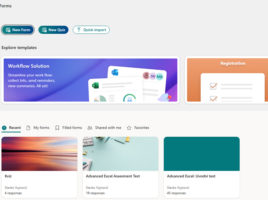
Microsoft Viva
Microsoft Viva is a platform that aims to improve the employee experience, primarily in the Teams environment. It enables connection, provides better information, insights into the habits and workload of employees, gives better management of working time, facilitates learning… You’ve been able to implement these solutions before, using SharePoint, but Viva is far simpler and better integrated into the Microsoft 365 ecosystem.




